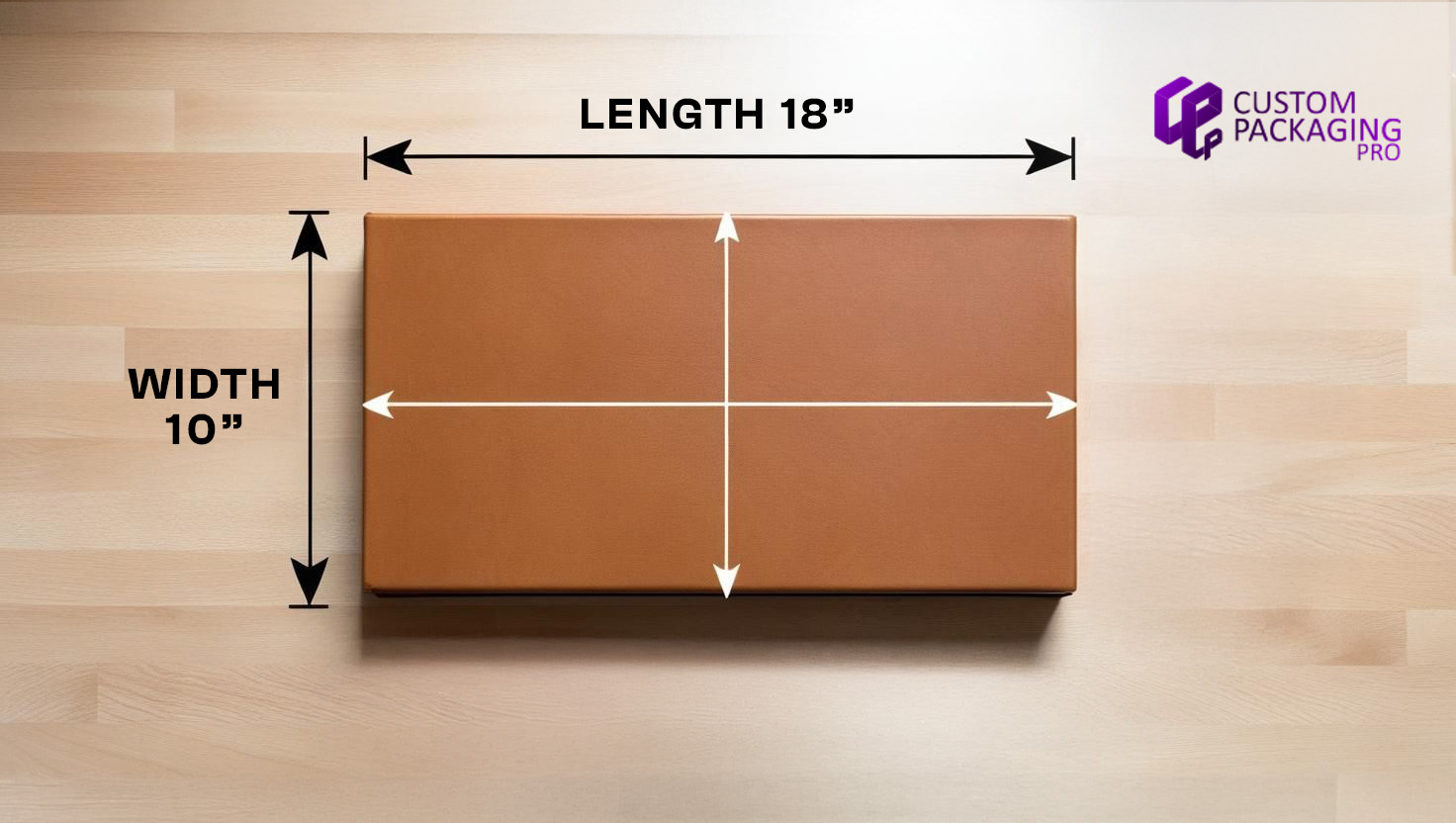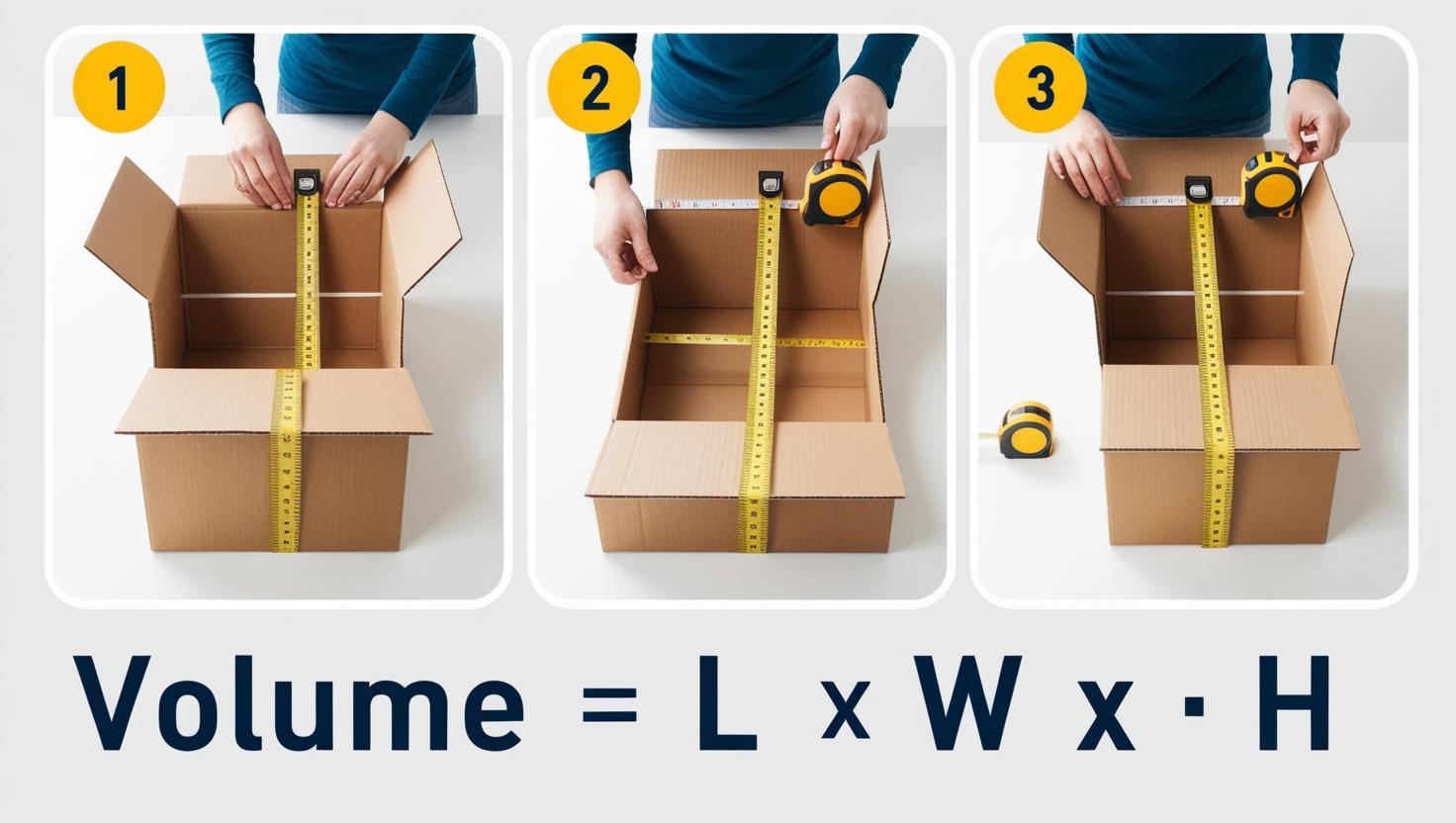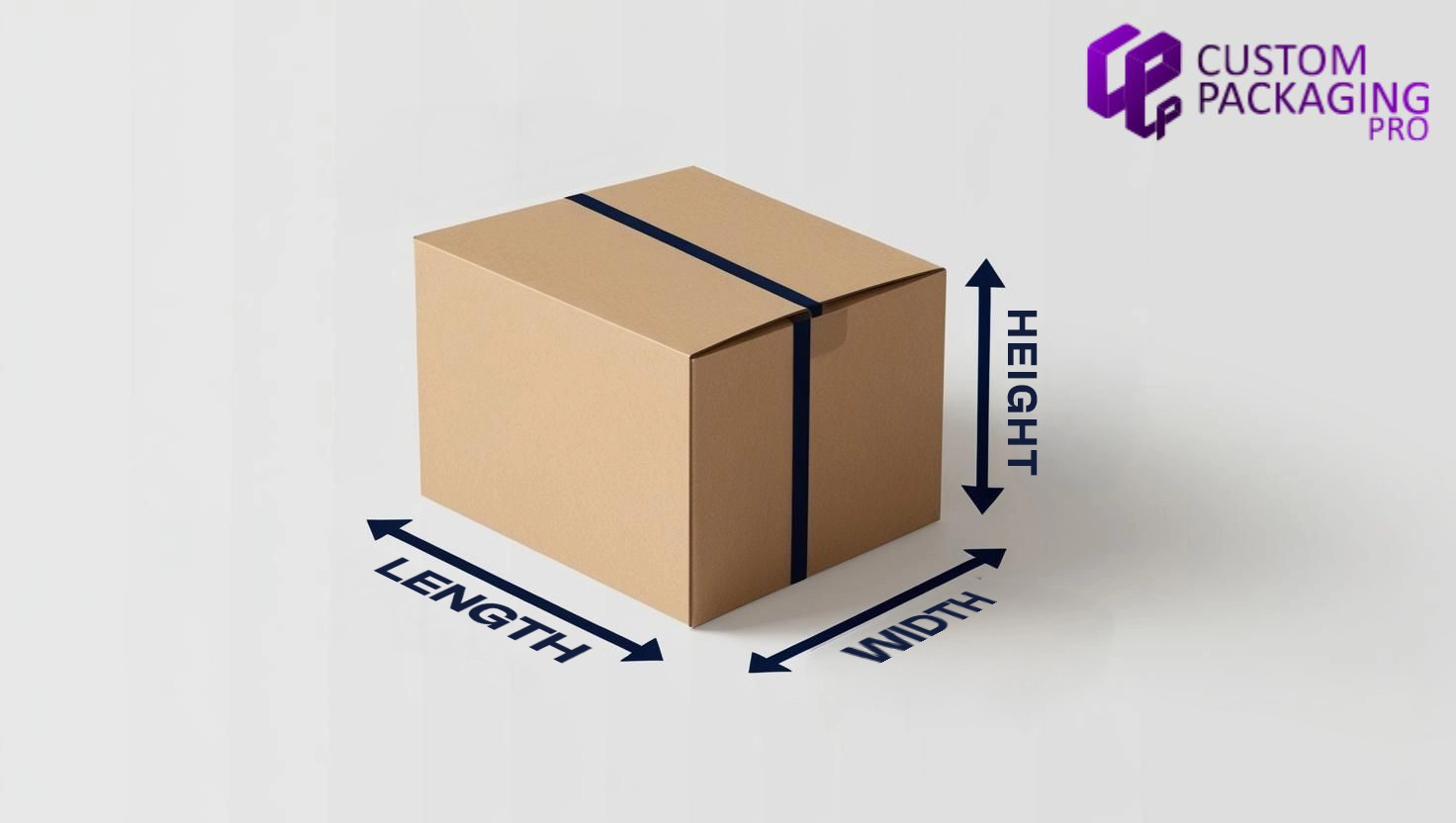May 06, 2025
Decoding Dimensions: Understanding Length, Width, and Height
When thinking of packaging, be it shipping products or creating custom boxes, having basic knowledge of length width height is absolutely crucial. They are not arbitrary numbers; they decide your packaging size, influence postage rates, and ultimately make sure your products shipped safely and in an attractive way. Understanding if length is width or how height and width relate is fundamental, though they represent distinct measurements.
The standard way of declaring the length, width, height of a thing, namely a rectangular box, is Length x Width x Height. But what exactly do these words mean, and why does the order sometimes seem to reverse? Let's clear up the confusion through the detailed blog of Custom Packaging Pro.
Let’s Clarify What Length and Width Are
Before moving to technicalities, we should go through the term first. Usually, the length is the longest side of the base of an object when the object is placed in its usual position. The width, then, is the shorter side of the base. Think of a book on a table; the longer edge is typically the length, and the shorter edge is the width. So, when they ask, "what is length and width," this is the general understanding. You might also hear them referred to as length and width or width and length, but they generally describe the two horizontal measurements of the base. Sometimes, in more technical applications, you might find "what are length and width" with the need for very precise definitions depending on the industry.

The Importance of Height
The height, or depth, is the vertical dimension of the object. It's the upwards-from-base measurement. So when we talk about the length and width and height of a box, we're taking measurements of its three-dimensional space. You might also hear it referred to as length breadth height, where "breadth" is occasionally used interchangeably with "width." Understanding the width and height relationship is key to determining a box's profile.
Why Does the Order Sometimes Change?
While length x width x height is standard, you may at times see others like height width length or length height width. This is usually a function of the position or perception of the object. For instance, if you have a narrow, tall box in a vertical position, you might find yourself reporting it as height x width x length. Be consistent and communicate clearly is the most important thing when talking about these dimensions order. Sometimes, considering width or height first depends on the context.
Height Width Length: This height width length ordering is commonly used when referring to boxes in a vertical position. Height is the vertical measurement, width the measurement across the front face horizontally, and length the measurement extending to the back from that face.
Height Length Width: The order height length width is likely to be used when objects or boxes are being specified that are predominantly horizontal in orientation. Here, height is still the vertical dimension, but the length is now the primary horizontal extent, and the width the secondary horizontal dimension.
Length Height Width: If measures are presented as length, height, width, it seems to indicate that the object or box is being viewed from its side. The length becomes the major dimension seen along the viewing plane, the height is the vertical reach as viewed from this position, and the width is the depth or thickness away from the viewer. This is different from thinking about width to length ratios.
How To Measure The Volume Of The Box?
Knowing the length, width, and height of a box is all you require to measure its volume, also known as its cubic size. Its computation is actually quite important to brands when delivering products seamlessly and to accurately compute shipping costs based on dimensional weight. To compute any box's volume, all you require are three of its dimensions: length, width, and height. The formula is straightforward:
Volume = Length x Width x Height (or length times width times height)
Take a standard example: a standard shipping box may have a length of 16 inches, width of 12 inches, and depth (height) of 12 inches. Using the formula, you would calculate the volume as follows:
Volume = 16 inches x 12 inches x 12 inches
This computation shows that the average shipping box measures 2,304 cubic inches. This length width height, and resulting volume help companies to prevent shipping delays and understand the space that their products occupy. Understanding length by width considerations is also important for fitting items inside.

Best Practices To Measure Length, Width, And Height Of A Box
To accurately measure the length, width, and height of a box, place the box on a flat surface. Use a measuring tape or ruler for straight lines, a rigid straight tool. Measure the longest side of the base as the length, the shorter side of the base as the width, and the vertical distance from the base to the top as the height. Always measure on the outside unless internal measurements are specifically required. Measure each carefully, in the order of length x width x height, to avoid confusion. Double-check your measurements for correctness, as small variations can impact volume and shipping calculations. Remember to consider if you need height width depth or the standard length width height of a box. Sometimes, the dimensions height width depth are crucial in specific industries. When describing, you might use height length and width or even consider if width by height or height by width matters for orientation. Be mindful of whether you need to provide height width and length or width length and height, depending on the context. The fundamental measurements remain length, width, and height.
FAQ
Q1. What is the correct order of LxWxH?
A. The correct order is Length x Width x Height. This is typically used to describe the dimensions of a rectangular object.
Q2. What does W * D * H mean?
A. W * D * H refers to Width x Depth x Height, used for items where depth is considered a key measurement (like furniture or boxes in a certain orientation).
Q3. How to calculate L * W * H?
A. To calculate L * W * H, simply multiply the length (L), width (W), and height (H) of an object. This gives you its volume.
Q4. What is LxWxH equal to?
A. LxWxH equals the volume of the object in cubic units, such as cubic inches or cubic meters.
Q5. What formula is L * W * H?
A. The formula L * W * H is used to calculate the volume of a rectangular object.












